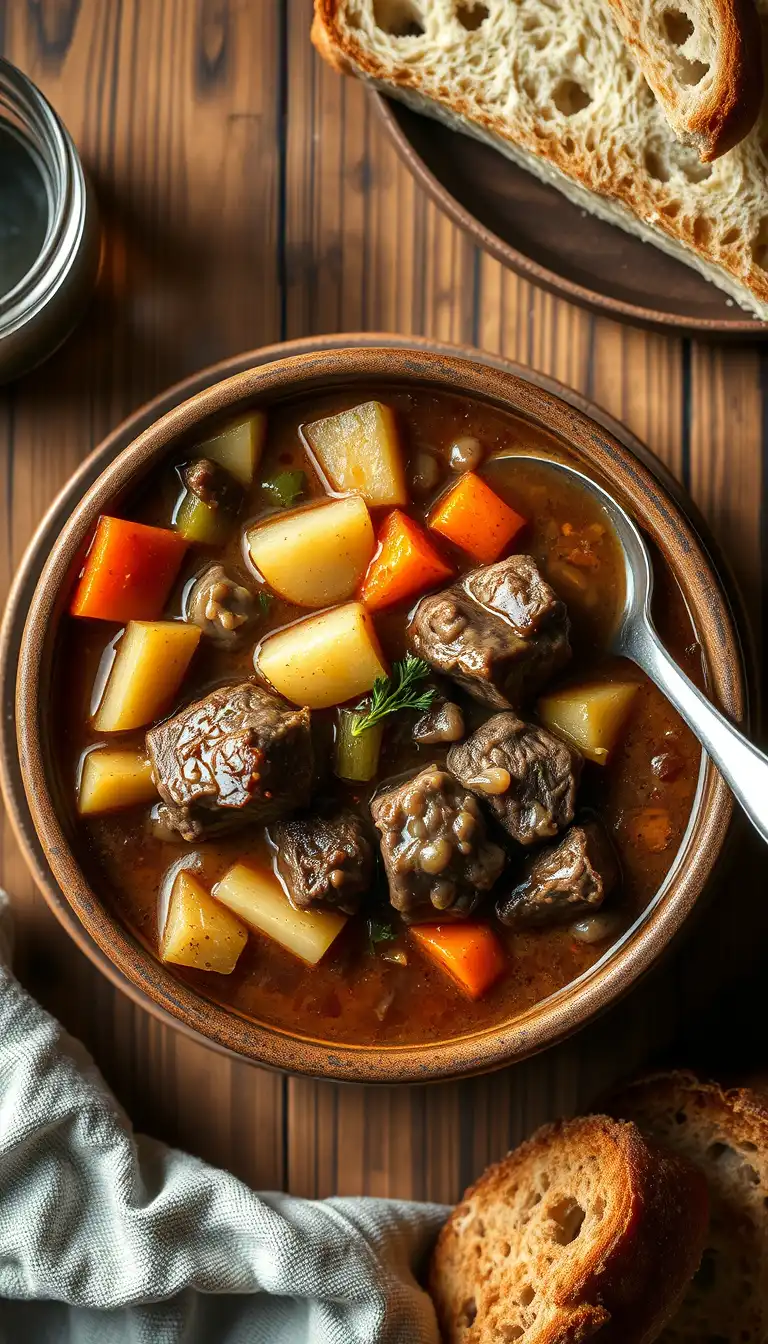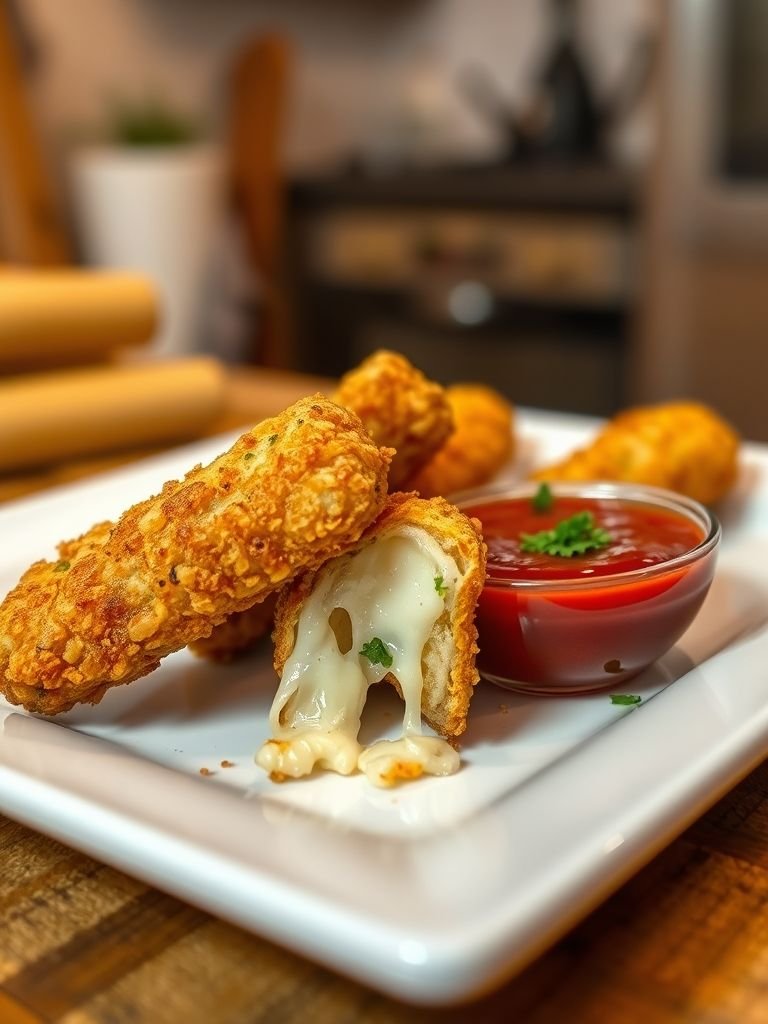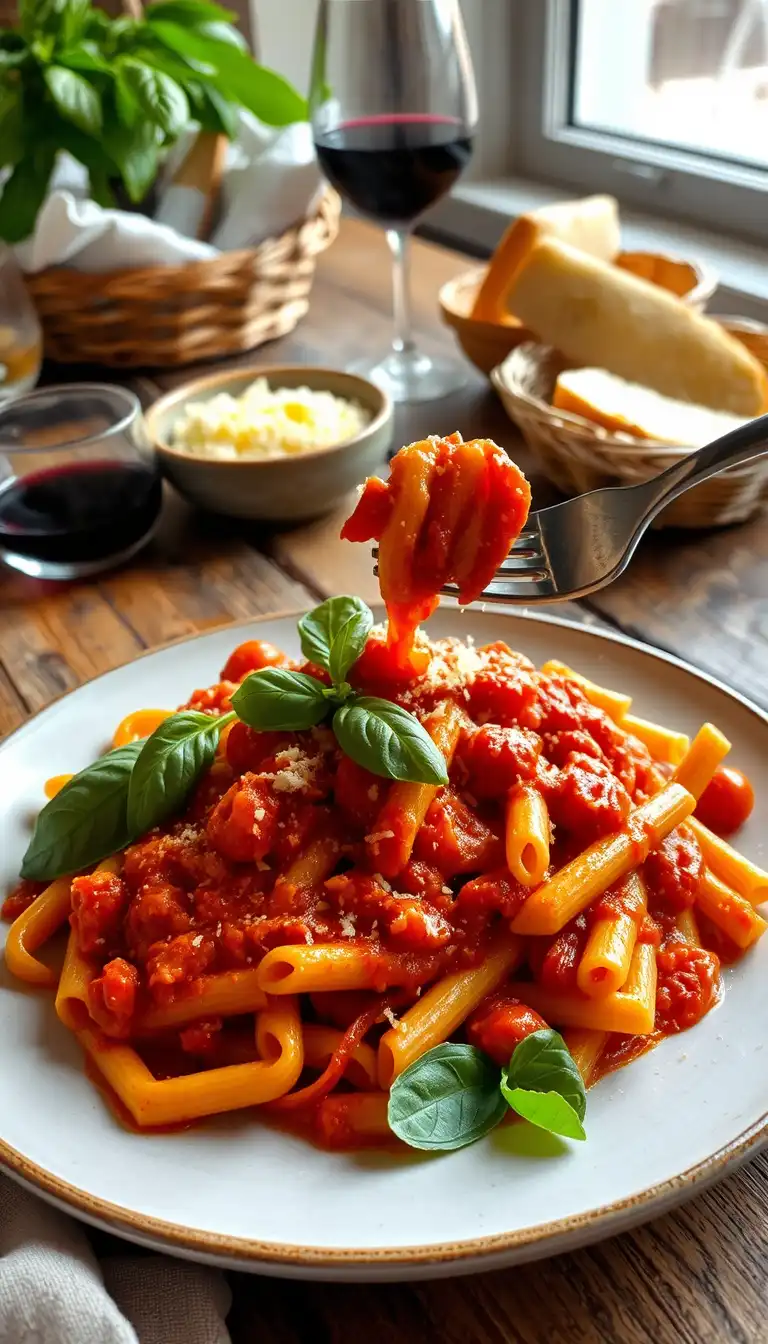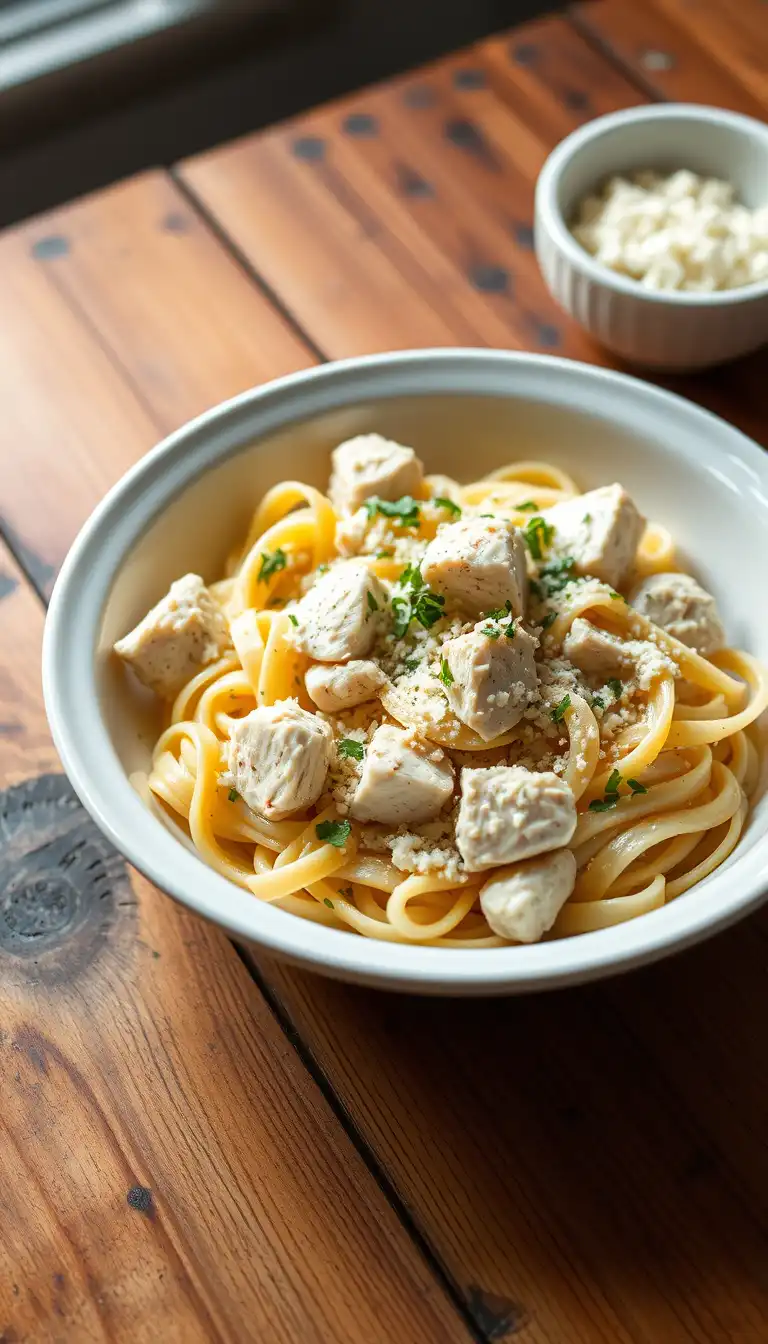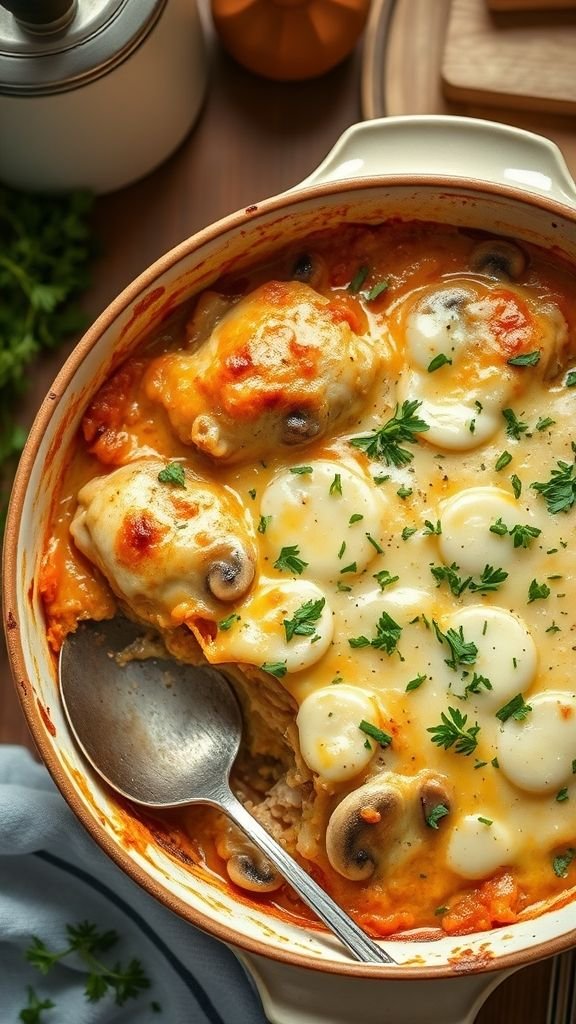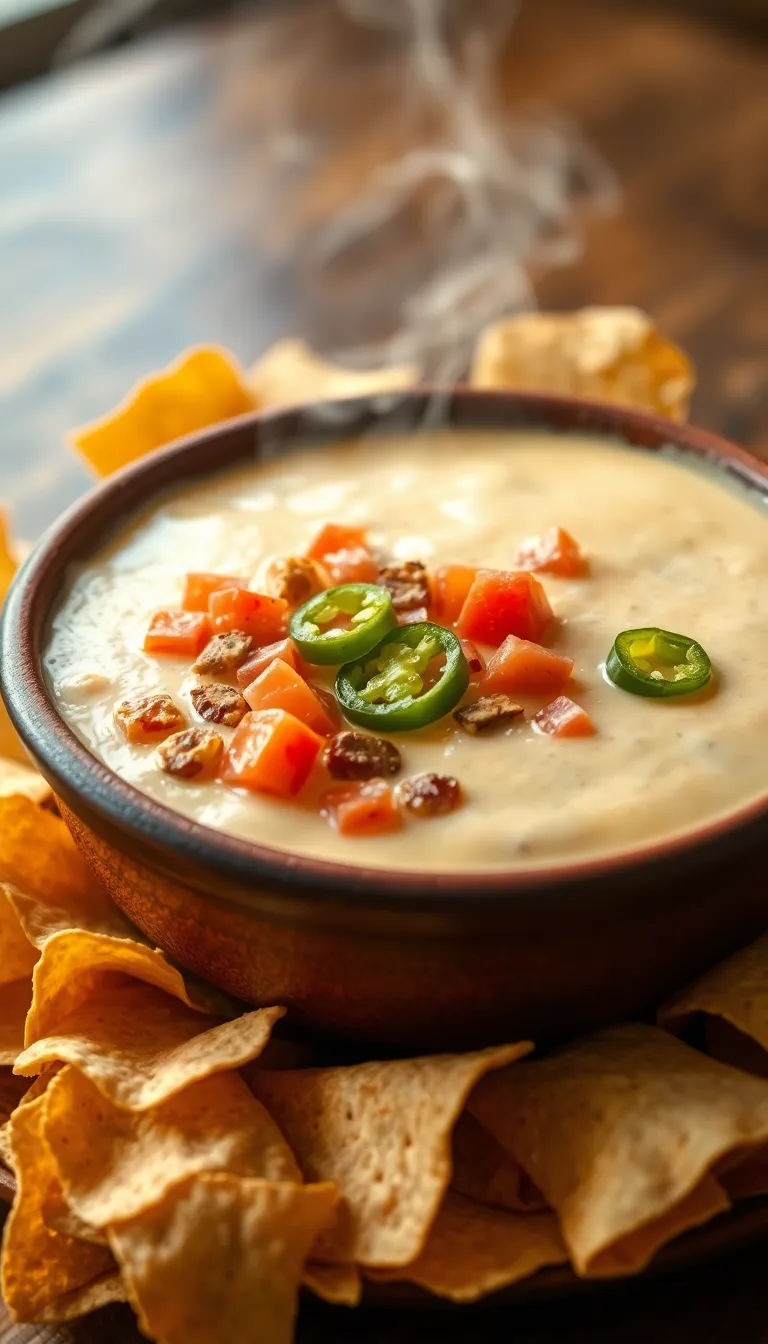If you’ve ever sliced into a piece of perfectly golden chicken only to see blood in the chicken, you’re not alone. It’s one of the most common concerns home cooks face—especially when cooking bone-in cuts like thighs or drumsticks. You’re left asking: Is it safe to eat? Did I undercook it? Or worse—Do I need to throw it out?
In this comprehensive guide, we’ll answer all your questions about blood in chicken, explain what it really means, how to prevent it, and even share delicious recipes and tips for cooking chicken safely and confidently.
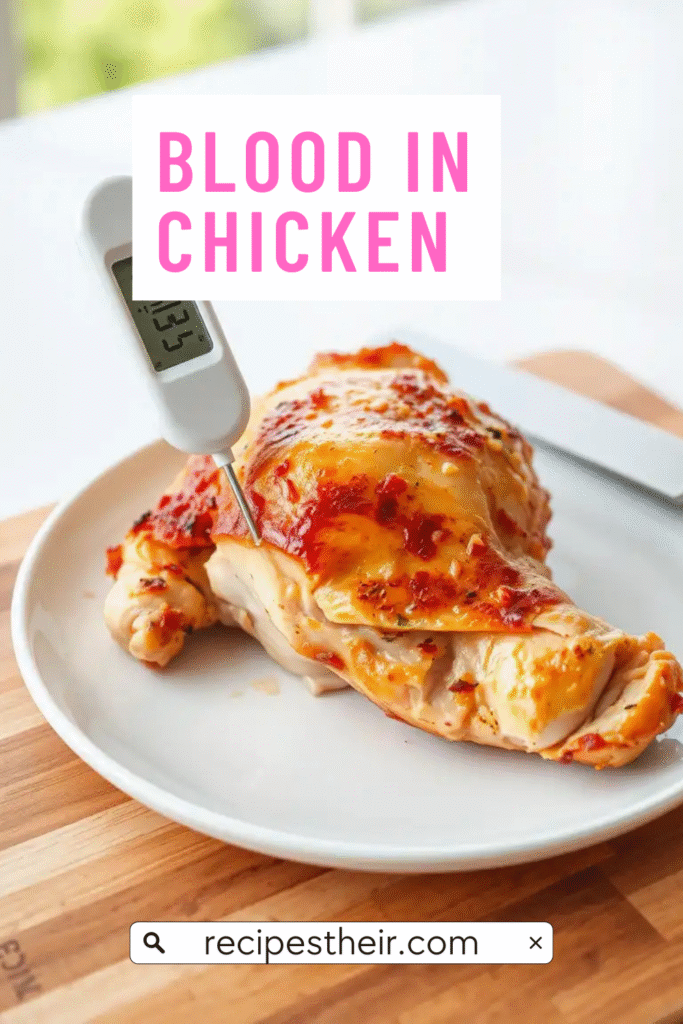
What Does Blood in Chicken Actually Mean?
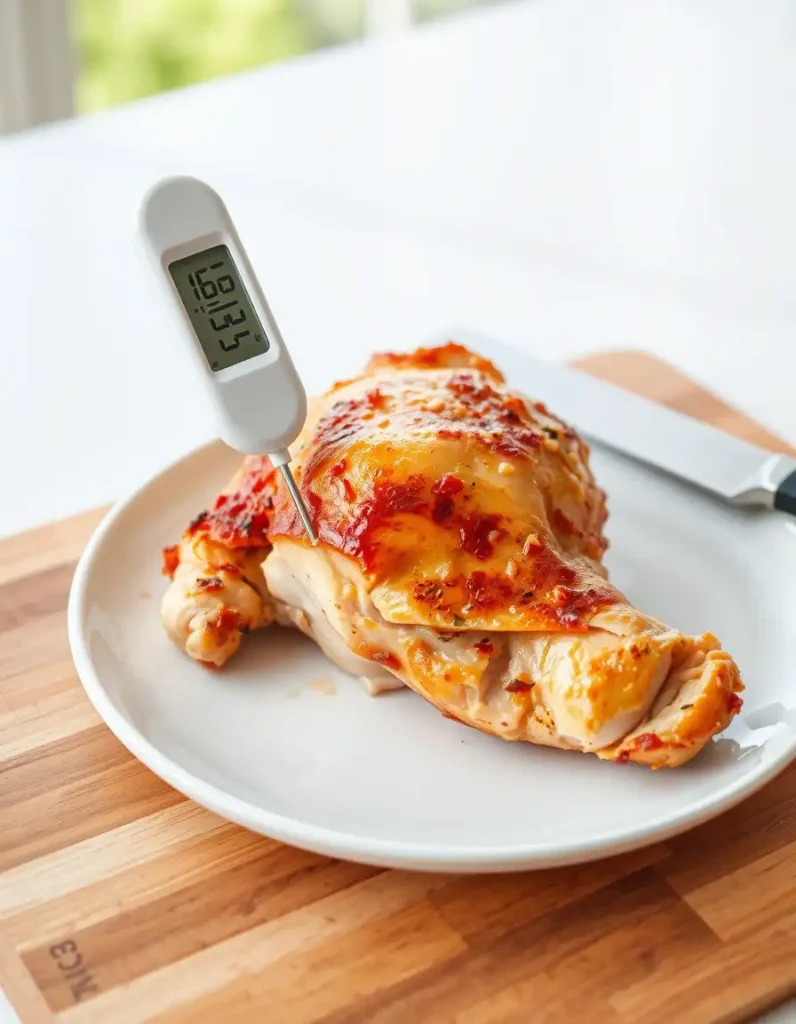
Seeing blood or reddish-pink juices in chicken—especially near the bone—can be alarming. But here’s the truth: it doesn’t always mean the chicken is undercooked.
Here’s why blood may appear in your cooked chicken:
- Young birds: Commercial chickens are slaughtered young. Their bones haven’t fully hardened, which allows bone marrow to leak into the meat, causing a red or pink hue.
- Pigment, not blood: The red or pink tint near bones is often myoglobin, a protein—not blood. It can appear red even when the meat is fully cooked.
- Frozen chicken: Freezing and thawing can cause tiny capillaries near the bone to burst, leading to small spots that look like blood.
- Improper bleeding during processing: If the chicken wasn’t properly bled at the processing plant, traces of blood may remain, though this is rare in regulated markets.
Is Chicken with Blood Safe to Eat?
The most important factor is temperature, not color. Chicken is safe to eat when it reaches an internal temperature of 165°F (74°C).
Use a Meat Thermometer
Always use a meat thermometer to check doneness:
- Insert it into the thickest part of the meat, avoiding bones.
- When it reads 165°F, the chicken is safe to eat, even if there’s a little pink or red near the bone.
If you’re still uneasy about appearance, you can continue cooking until juices run clear—but know that you may be drying out your chicken unnecessarily.
How to Prevent Blood in Chicken While Cooking
While some redness near the bone is unavoidable in young birds, here are tips to minimize it:
1. Soak Chicken in Saltwater
Soaking raw chicken in saltwater (a brine) for 30–60 minutes helps draw out blood and impurities.
Basic Brine Recipe:
- 4 cups water
- 1/4 cup kosher salt
- 2 tablespoons sugar (optional)
- Soak bone-in chicken for up to 1 hour, then rinse and pat dry.
2. Cook Low and Slow
High heat can cook the exterior too fast, leaving the inside reddish. Try baking or roasting at 325–350°F for more even results.
3. Use Bone-In Cuts Cautiously
If blood bothers you, opt for boneless cuts like chicken breast or thighs. They’re less likely to have pink juices or discoloration.
Tasty Chicken Recipes That Cook Thoroughly (Without Drying Out!)
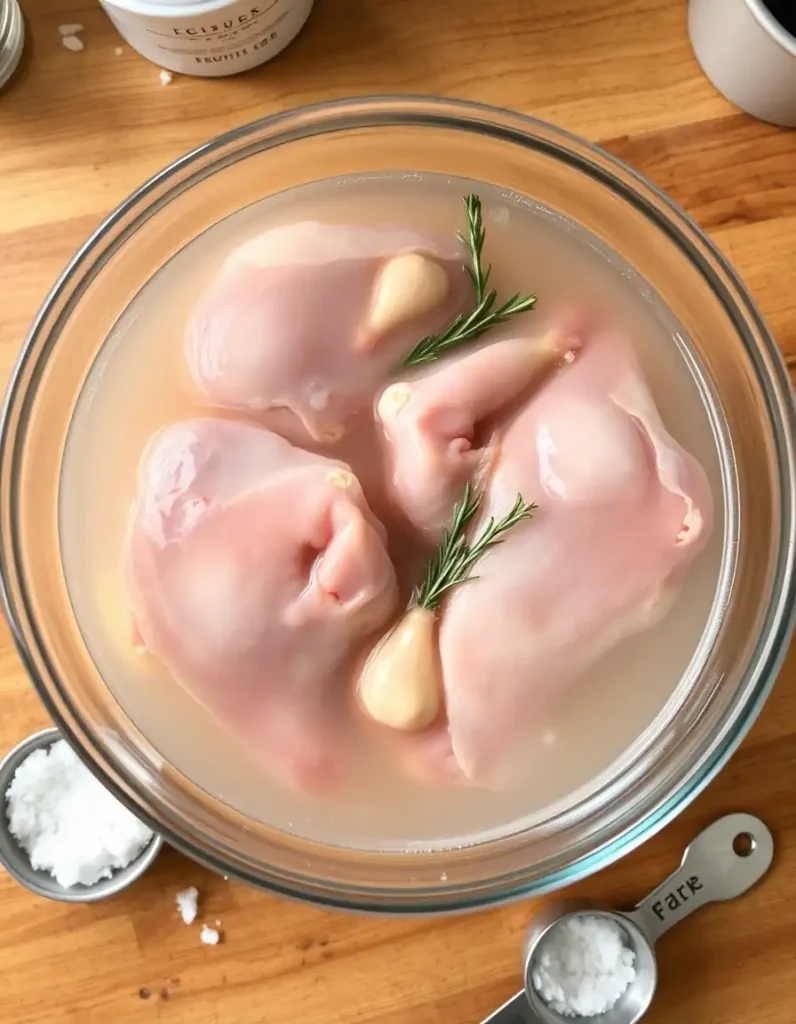
Here are three simple and juicy chicken recipes that reduce the risk of pink or bloody spots, all while keeping your chicken moist and flavorful.
🔥 Oven-Baked Buttermilk Chicken Thighs
Why It Works: The buttermilk tenderizes the meat, while slow baking ensures even cooking and clear juices.
Ingredients:
- 6 bone-in chicken thighs
- 1 cup buttermilk
- 1 tbsp paprika
- 1 tsp garlic powder
- Salt and pepper to taste
- Olive oil spray
Instructions:
- Marinate thighs in buttermilk, paprika, and garlic powder for 2–4 hours.
- Preheat oven to 350°F (175°C).
- Arrange chicken on a foil-lined sheet, skin-side up.
- Spray lightly with oil. Bake for 45–55 minutes or until internal temp is 165°F.
- Let rest 5 minutes before serving.
🍗 Grilled Lemon-Herb Chicken Breasts
Why It Works: Boneless breasts cook quickly and thoroughly without leaving pink or red juices.
Ingredients:
- 4 boneless, skinless chicken breasts
- Juice of 2 lemons
- 3 tbsp olive oil
- 2 cloves garlic, minced
- 1 tbsp fresh thyme
- Salt and pepper
Instructions:
- Pound breasts to even thickness.
- Mix lemon juice, oil, garlic, thyme, salt, and pepper. Marinate chicken for 30 minutes.
- Grill over medium heat, 5–6 minutes per side.
- Check internal temp—165°F—and serve with grilled veggies or salad.
🍲 Slow Cooker Chicken Drumsticks
Why It Works: Long, moist heat helps cook meat near the bone thoroughly, minimizing blood spots.
Ingredients:
- 2 lbs chicken drumsticks
- 1/2 cup barbecue sauce
- 1/4 cup chicken broth
- 1 tsp onion powder
- 1 tsp smoked paprika
- Salt and pepper
Instructions:
- Season drumsticks with spices.
- Add to slow cooker with BBQ sauce and broth.
- Cook on low 6–7 hours or high 3–4 hours.
- Optional: Broil for 3–5 minutes to crisp the skin.
- Serve with mashed potatoes or slaw.
What to Do If You See Blood After Cooking Chicken
If you see blood or red near the bone after cooking, here’s what to do:
- Check the temperature. If it’s at least 165°F, it’s safe.
- Cut around the bone. If you’re still unsure, remove meat near the bone and return it to heat for a few minutes.
- Trust your thermometer. Color is not always a reliable indicator—temperature is.
Common Myths About Blood in Chicken
❌ Myth 1: Pink Chicken Is Always Undercooked
Fact: Myoglobin causes pink hues—even in fully cooked chicken.
❌ Myth 2: You Must See Clear Juices
Fact: Juices can be slightly pink and still safe, especially near bones.
❌ Myth 3: Blood Means the Chicken Is Bad
Fact: Fresh chicken with red streaks isn’t “bad”—check smell and texture instead.
Final Thoughts: Blood in Chicken Isn’t Always a Problem
Seeing blood in chicken can be surprising, but it doesn’t automatically mean it’s unsafe. The key is cooking to the proper internal temperature and understanding the nature of poultry. With the right methods—like brining, slow roasting, and using a thermometer—you’ll feel confident serving delicious, fully cooked chicken every time.
Whether you’re preparing crispy drumsticks, grilled breasts, or savory thighs, don’t let a little redness near the bone ruin your meal. Cook smart, check your temp, and enjoy your chicken with peace of mind.

